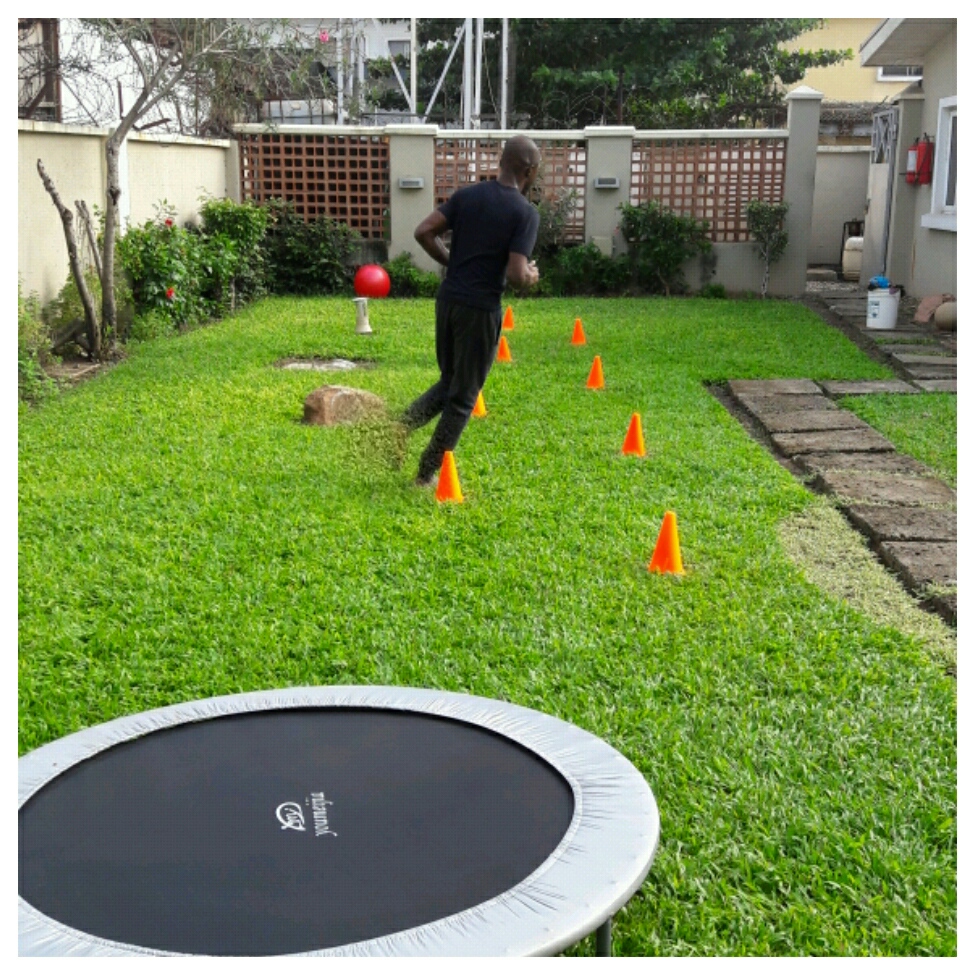The anterior cruciate ligament (ACL) is a supporting structure in the knee joint which helps to stabilise the knee and contributes to its movement. Because of its anatomical position, the ACL is susceptible to injury particularly during high risk activity or sports such as football and basketball. Injury to the ACL is a fairly common occurrence with almost half of the cases requiring surgery for repair, hence the need for ACL reconstruction. Often times, associated damage may occur to other structures in the knee joint such as the meniscus or the surface of the bone.
Common triggers of ACL tear are:
- Stopping suddenly while running
- Twisting of the knee with the foot planted on the ground
- Jumping and landing on an extended knee
- A direct blow or hit to the knee while it is fixed
- Pushing the knee farther than its usual range of movement
Diagnosis of ACL injury
Usually, immediately following an ACL injury/rupture, there would be sharp pain, swelling, and in most cases, instability. Occasionally, the rupture is associated with a “pop” sound and the leg would be unable to bear weight so walking is very uncomfortable.
The physiotherapist would perform various clinical tests to confirm an ACL injury/rupture. If positive, a follow-up radiology test of MRI is usually recommended. MRI is used to confirm the extent of the damage and will guide in determining if surgery or conservative management is required. After the MRI, the orthopaedic surgeon and the physiotherapist would have a discussion with the client and explore all treatment options. The decision to opt for surgery is based on review all tests, lifestyle, activity level and the goals of the client.
Physiotherapy role in treatment of ACL injury
Rehabilitation after ACL injury requires patience. From our experience, the rehabilitation usually varies from 5 months to 11 months depending on each individual and during this period, clients can become anxious or discouraged. It is important that clients understand they are in the process for a long haul and are committed to the rehab process while waiting for their body to heal. To optimise resources, PhysioCraft treatment protocol can be a hybrid of home service or clinical visits depending on recovery stage and based on logistics.
Physiotherapy treatment of ACL injury without surgery
Those who may be exempt from surgery are most often people who do not experience instability and who’s knees have the potential to heal without surgery. For such individuals, the rehabilitation programme would focus on strengthening the quadriceps and balance training.
Physiotherapy treatment of ACL injury with surgery
Clients who require surgery should have physiotherapy before the surgical procedure. Emphasis at this time focuses on minimising swelling and maximising range of motion at the knee joint as these two have been shown to increase prognosis post-operatively. Furthermore, there would be a discussion of what to expect during and post-surgery. The surgical procedure itself is a day surgery with most people going home the same day.
Physiotherapy treatment of ACL after reconstruction
The key word is patience. From our experience, the rehabilitation usually varies from 5 months to 11 months depending on each individual and during this period, clients can become anxious or discouraged. Success rates varies with how committed you are to the rehab program while being patient with your body as it recovers. For instance, the rehab protocol and goal for a professional athlete would vary greatly from that of a corporate staff who occasionally engages in sport activity.
PhysioCraft treatment protocol is in phases though some overlap and there’s no hard-line separating them. It is essential that the client achieves full knee extension (straightening) as soon as possible and also guided and progressive weight-bearing occurs.
Phase 1: Protect the knee and the graft: Immediately after surgery and for a few weeks afterwards, clients would have to use crutches to aid in walking and ease into weight-bearing
Phase 2: Reduce inflammation and pain: This goes on concurrently with phase 1 and would be done through RICE-Rest, Ice, Compression and Elevation. Manual therapy and specific exercises would be prescribed at this time.
Phase 3: Restoring Range of Motion: Getting full range of motion is crucial to maximising the chances of full recovery and minimising complications later in life. To achieve this, manual therapy techniques and muscle recruitment are used.
Phase 4: Strength training and balance: The trauma of the injury and the surgery, the protection of the joint, pain and use of crutches all contribute to the weakness of the muscles in the affected leg. Physiotherapy during this time would focus on strengthening the affected muscles and also restoring the joint sense in space (proprioception) which aids in balance.
Phase 5: Usually the most intense and physically exhausting, this phase focuses on functional training and aims to prepare the client for full integration into normal sport or way of life.
If you have any questions, we’d be happy to answer them for free. Call the PhysioCraft team on +2348035670888 or +2348171940921



